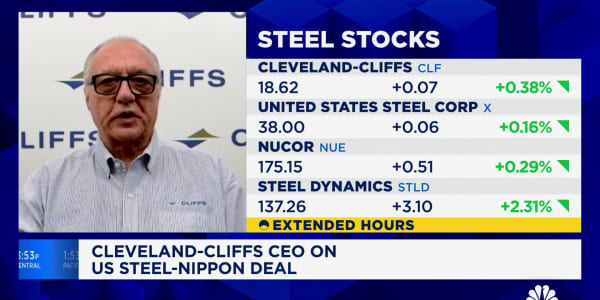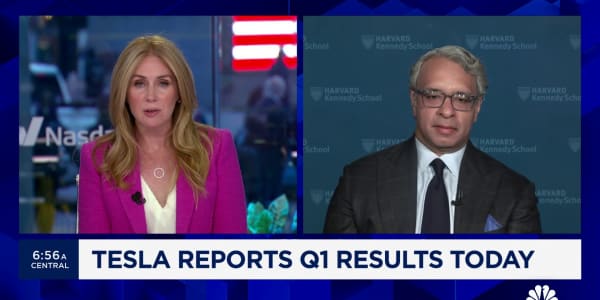For the first time in nearly five years, credit card default rates are on the rise.
While still low on a relative basis, the February default rate for bank cards increased nearly a quarter percentage point, from 2.61 percent to 2.84 percent, according to the latest S&P/Experian Consumer Credit Default Rate report. On a year-over-year basis, the rate was up a tick from February 2014's 2.83 percent. (Tweet This)
Though a small amount, the annualized increase was the first for bank cards since July 2010.
Rather than signal a warning sign of looming credit problems, the number actually could be seen as a positive that people are gaining confidence, said David M. Blitzer, managing director and chairman of the Index Committee at S&P Dow Jones Indices.
Consumer default rates
| Index | Feb-15 | Jan-15 | Feb-14 |
|---|---|---|---|
| Composite | 1.12 | 1.12 | 1.3 |
| First mortgage | 1 | 1.02 | 1.23 |
| Second mortgage | 0.66 | 0.64 | 0.69 |
| Bank card | 2.84 | 2.61 | 2.83 |
| Auto loans | 1.06 | 1.03 | 1.03 |
Source: Source: S&P/Experian Consumer Credit Default Indices
"The recent, though modest, increases in default rates for bank cards and auto loans suggest that consumers are becoming more free-spending," Blitzer said in a statement.
Read MoreDon't miss a payment on this credit card
A more interesting test for consumers, he added, will come later in the year, after the Federal Reserve likely raises its key rate from near-zero levels, which likely will trigger higher interest rates for consumer debt.
"A true test of consumer credit quality and the prospects for future default rates will come in the second half of 2015 by which time the Fed will most likely have begun to raise interest rates," Blitzer said. "Given current low levels of default rates and low debt service burdens, there are no concerns of a consumer credit crisis any time soon."
Outside of bank cards, the default rates presented a mixed bag of results:
Household debt levels hit their highest marks in 2014 since the Great Recession. For the year, household debt rose 2.9 percent to $13.5 trillion, which was the biggest annualized gain since 2007, when the level rose 7.1 percent just before the financial crisis struck, according to Fed data.






